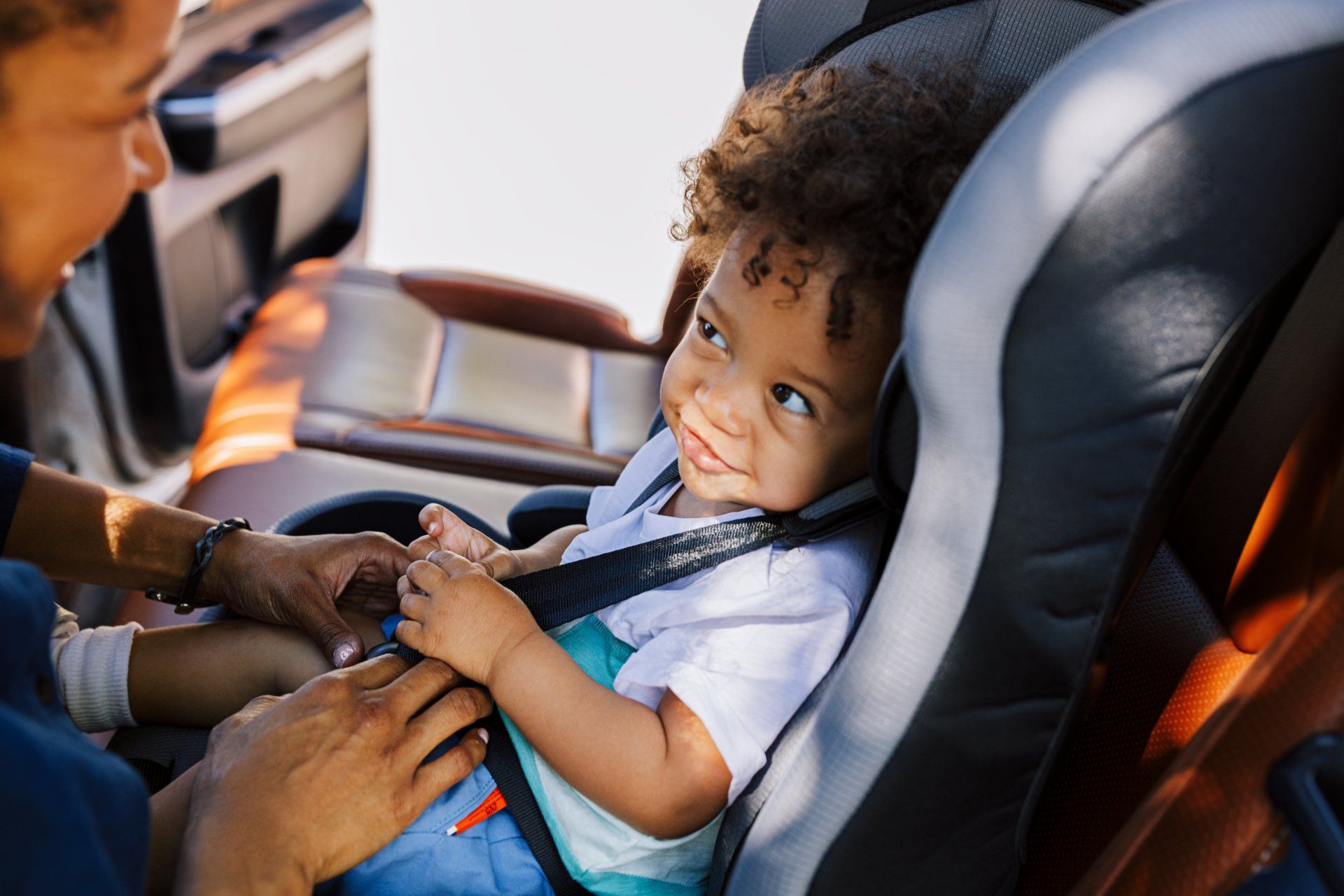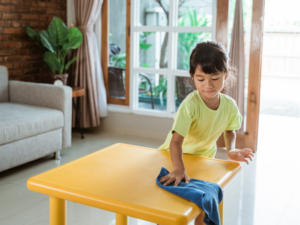Driving with a child who has a disability needs special care. Last week, we talked about how to prepare for your child in the car in an emergency situation. This is a very large topic, and our users were curious about the logistics of traveling with your child. There are many ways to make sure everyone in the car is safe, and each child requires a different process. Here is what we recommend starting with:
- Prepare
- Distract
- Communicate
Preparation is the most important step. This can start weeks or months in advance. Especially with long trips, planning is incredibly important to prevent as much chaos as possible. This also applies to neurotypical children as well; children will be less likely to have meltdowns in new environments if they have some information on what is going on.
- Think through your trip, especially long ones. This means planning regular stops for potty breaks and stretching your legs. Also, planning for the right food stops and social interactions is also important.
- Begin planning specifically for your child’s behaviors.
- Prepare for your child’s sensory issues. This could mean buying a specific vest/harness or a good pair of noise-canceling headphones.
- If your car is especially noisy, Car Talk has some advice for you! Check out their answer here.
- Have a clear plan in case of a meltdown. This helps ease any confusion if it does occur and also will help you stay calm when driving. Here are some questions to keep in mind.
- What are the likely causes, and how can you prevent them?
- How are you going to react if you are in the driver’s seat? Or in the passenger seat?
- Will you need to pull over the car?
- Prepare for your child’s sensory issues. This could mean buying a specific vest/harness or a good pair of noise-canceling headphones.
- Purchase the right tools! You will most likely need some additional things to help set up for your child. This could be a lengthy process to find what works best but be patient, and you will find something that works for you and your child.
The next step for driving with a child with a disability is to distract. Distractions are incredibly important for ensuring the whole ride goes smoothly, and your child can spend their time doing something.
- The first step is to prepare for your child’s sensory issues. As we listed above, there are always preventative measures to make sure that they feel comfortable in the car. But also make sure that they have any necessary items for any fidgeting.
- This has an extensive list of different fidget and stim toys for your child.
- Keep in mind what your child likes to do in their spare time! If they like to watch a specific movie or TV show, make sure to have access to that. Also, make sure it is downloaded to prevent buffering!
- Ask your child what they want to do in the car!
The last step to driving with a child with a disability is to communicate. This means communicating with your child, any passengers in the car, and with yourself.
- Having a game plan with your child is very important. Children need some sort of guidance in confusing times, and the car can be a difficult environment. Ask them beforehand what can help and what they prefer, and also, before leaving, give a step-by-step process of what is going to happen.
- This can be as detailed or broad as you want. Let them know what the car ride is going to be like, what you are going to do in the car, where you are headed, and what is happening there, and then also what the car ride home is going to look like.
- Keep your plans in your head going in. Staying calm in the chaos is incredibly important to both stay safe on the road and to keep your own sanity. This is a guide to help you prepare for a stressful situation to keeping calm throughout the whole process is very important.
Lastly, here are some resources if you are looking for more information:




